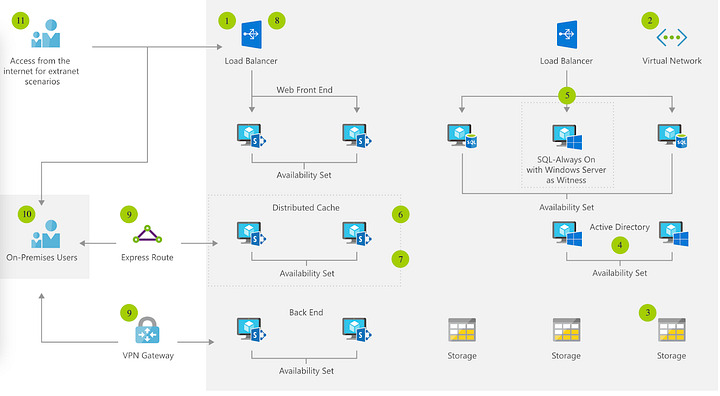Disaster recovery (DR) is a crucial aspect of any organization’s IT operations, but it can be particularly challenging in the context of cloud environments. With the growing use of cloud services and the dynamic, auto-scaled, and distributed nature of these environments, traditional manual approaches to DR are no longer sufficient. This is where the DR-as-Code model comes in.
The DR-as-Code model is based on the principle of treating DR as a software development process. Instead of relying on manual runbooks and procedures, organizations use cloud-native infrastructure-as-code (IaC) tools such as CloudFormation, Azure Resource Manager, or Deployment Manager from GCP to automate the recovery of their cloud application environments. This approach enables organizations to codify their entire infrastructure and application stack, including all dependencies and configurations, in a single, version-controlled repository.
By using IaC tools, organizations can automate the process of rebuilding their cloud environments in the event of a disaster or other disruption. This allows them to quickly and effectively recover their applications and services, minimizing downtime and reducing the risk of data loss. Additionally, by treating DR as a software development process, organizations can take advantage of best practices such as testing, version control, and continuous integration/continuous delivery (CI/CD) to improve the reliability and recoverability of their cloud environments.

One of the key benefits of the DR-as-Code model is that it enables organizations to manage the recovery of their cloud applications in a more efficient and effective way. With traditional manual approaches, rebuilding complex cloud environments with many interdependent services can be a time-consuming and error-prone process. By using IaC tools for application resilience, organizations can automate many of these tasks, making it much easier to recover their environments in the event of a disaster. Additionally, because the entire infrastructure and application stack is codified, organizations can quickly and easily identify and resolve any issues that arise during the recovery process.
Another benefit of the DR-as-Code model is that it enables organizations to reduce the risk of cloud misconfigurations or other issues that can lead to outages or disruptions. By codifying their entire infrastructure and application stack, organizations can ensure that they are following best practices and adhering to industry standards. Additionally, because the entire stack is version-controlled, organizations can quickly roll back to a known good state if they encounter issues during the recovery process.
In practice, managing dynamic, auto-scaled, distributed cloud environments in production is hard and it is even harder to rebuild these complex environments with many cloud services interdependencies when you really need it in the middle of the night after a ransomware attack or cloud misconfiguration or even for a simple semi-annual DR test. DR-as-code is the only way to manage the recovery of cloud applications compared to the older manual way to write recovery runbooks. Organizations can leverage cloud-native IaC tools to automate the process of rebuilding their cloud environments, reducing the risk of data loss, and minimizing downtime.
In conclusion, the DR-as-code model is crucial for reducing the risks of cloud application environment recovery. By treating DR as a software development process and using cloud-native IaC tools, organizations can automate the process of rebuilding their cloud environments, improve the reliability and recoverability of their cloud environments, and reduce the risk of cloud misconfigurations, or cloud zone or regional service failures that can lead to outages or disruptions. Organizations looking to improve the resilience of their cloud applications should consider adopting the DR-as-code model.
